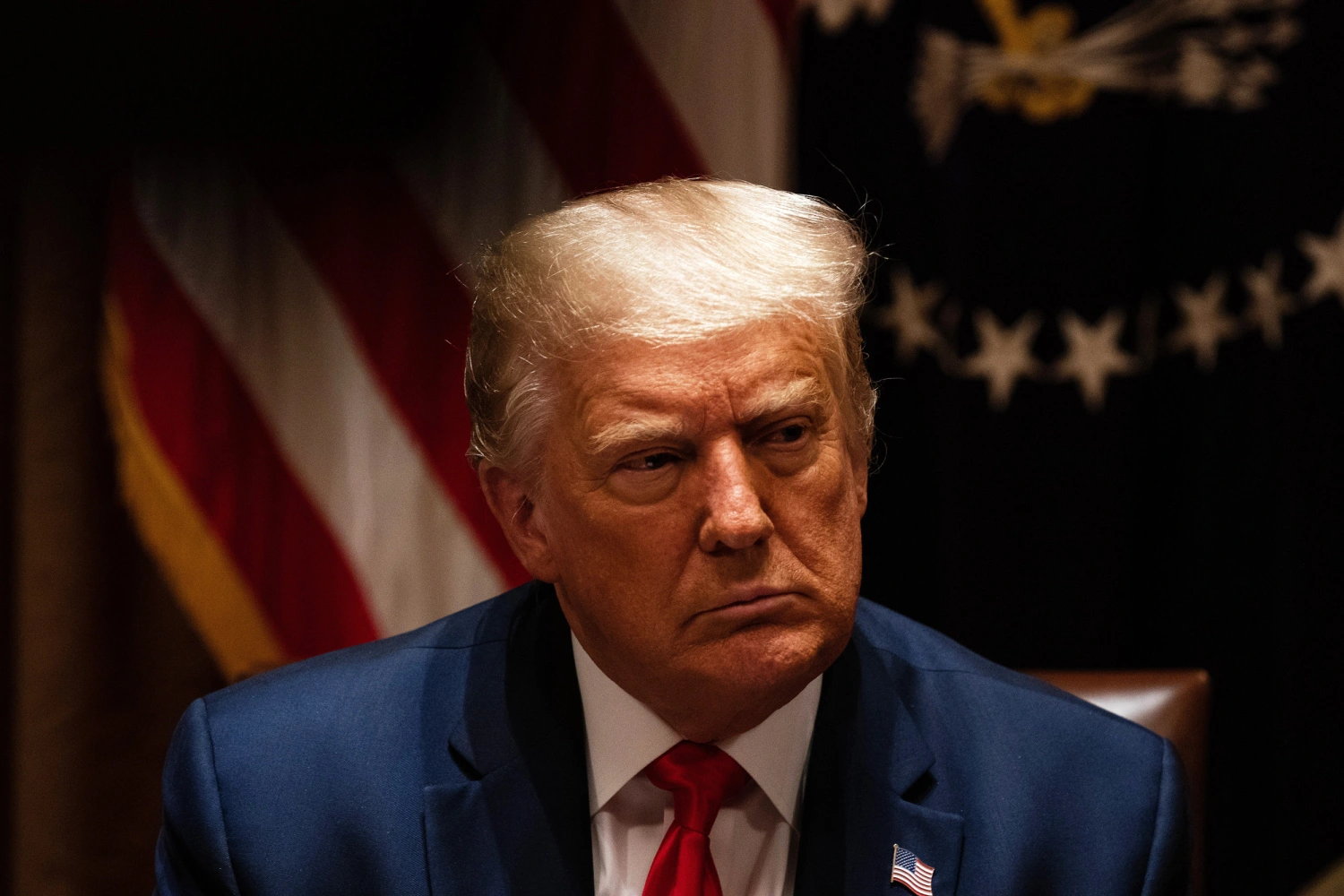When Donald Trump takes office on January 20, 2025, he will again be able to leverage the broad executive powers granted to the presidency by existing laws. Additionally, he is poised to introduce new legislation to advance his ambitious economic agenda.
Trump seems poised to challenge and potentially dismantle four core pillars of the Washington Consensus that defined U.S. economic policy before his first term in 2017: free and equitable trade, open capital markets, restrained budget deficits, and central bank independence. However, questions persist about the practicality and prudence of his plans.
Trump On Ending The Ukraine War
Trump told reporters earlier this month that he has seen progress in talks to end the Ukraine war, but added, “It’s a tough one.”
The president-elect has been making more measured remarks on a war that has disrupted global energy and food markets. During his campaign trail, Trump vowed not only to end the war quickly but to do so before even assuming office.
Trump’s Expansive Tariff Promises
On trade, world leaders and Washington policymakers are already working to counter Trump’s sweeping tariff proposals, particularly his goal of imposing blanket tariffs worldwide.
During his campaign, Trump proposed a tariff wall of 10 to 20 percent on all imports, in addition to existing tariffs, targeting all U.S. trade partners, even those with free trade agreements. He also suggested increasing the 2019 partial 19 percent tariffs on China to 60 percent. Shortly after the election, Trump threatened Mexico and Canada with 25 percent tariffs on all U.S. imports unless they halted fentanyl exports and illegal immigration. He also warned the BRICS nations with 100 percent tariffs if they pursued an alternative currency to the U.S. dollar.
Trump’s Tax Cut Plans
On taxes, holders of U.S. government bonds and fiscal conservatives may resist Trump’s tax cut plans if they lead to an unsustainable surge in government debt.
Trump’s tax agenda could add $800 billion to the annual federal deficit, even with higher tariff revenue, potentially overheating the already strong U.S. economy. Inflationary pressures and the rising cost of living due to tariffs would likely prompt the Federal Reserve to raise interest rates—a move Trump opposes.
Having been criticized for its slow response to inflation in 2021 and 2022, the Federal Reserve may tighten monetary policy if the economy overheats. Trump could then push Congress to pass legislation granting the president sweeping powers over the Federal Reserve. This could undermine the U.S. dollar’s dominant position in global trade and finance.
Trump’s Agenda Could Exacerbate America’s Debt
America’s federal debt recently surpassed $36 trillion, exceeding the size of the entire economy. Over the past 40 years, short-lived periods of deficit reduction have been consistently overshadowed by a bipartisan tendency to overspend. President Joe Biden’s administration projects that the federal budget deficit will remain above 6% of GDP for a third consecutive year in 2025. The deficit reached $1.83 trillion for the fiscal year ending on September 30, while net interest costs have more than doubled since 2020 to $882 billion.
An October assessment from the Committee for a Responsible Federal Budget estimates that Donald Trump’s proposed agenda could add $7.75 trillion to the national debt by 2035. The largest expense would come from extending and modifying the 2017 Tax Cuts and Jobs Act. However, the actual impact on the debt will depend on Trump’s ability to find offsets and the effect of his policies on economic growth.






